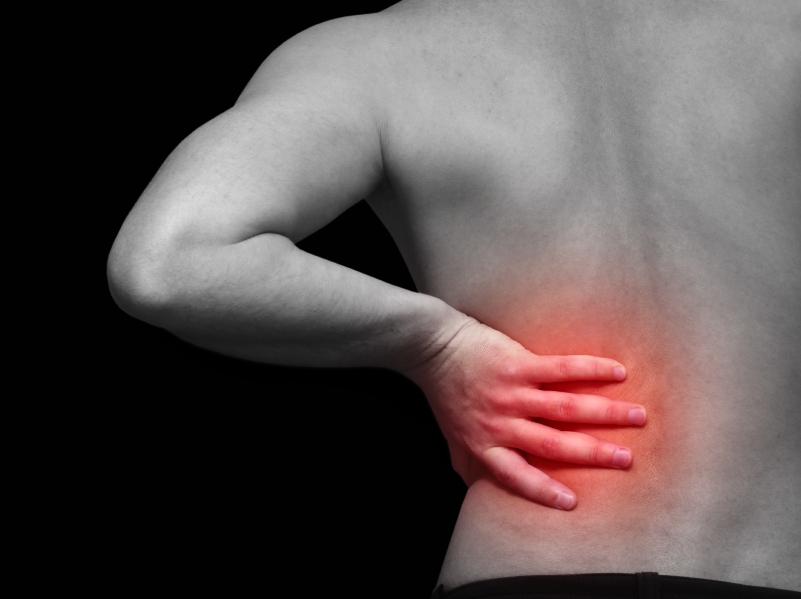Unfortunately for a large number of low back pain sufferers, there is no respite from their pain when bed-time rolls around. You’ve struggled all day with your sore aching back, you’re exhausted and all you want to do is get some sleep, but your back has other ideas and the thought of sleeping with lower back pain is too much to bear. So how can you manage back pain during your sleep?
It may be as simple as replacing an old mattress. If your mattress is over 8 years old it is recommended to get it changed. Sleeping on a sagging mattress is a big contributor to back pain. In a Journal of Applied Ergonomics study, nearly 63% reported significant improvements in low back pain after switching to a new sleep system.
If that isn’t the issue then it may be your sleeping position itself – here are the best sleeping positions to negate your back pain, and a simple pre-bed routine to get into which will give you a much better nights rest!
SIDE SLEEPING:
The most common sleeping position is on your side, with your legs and hips aligned and flexed. Because this position leaves your upper leg unsupported, the top knee and thigh tend to slide forward and rest on the mattress, rotating the lower back. This slight rotation may contribute to back or hip pain. To prevent that problem, place a pillow between your knees/thighs.
BACK SLEEPING:
If you sleep on your back, place a pillow under your knees to help maintain the normal curve of your lower back. You might try a small, rolled up towel under the small of your back for additional support.
FRONT SLEEPING:
This is a big no-no. It may be comfortable, but you’re putting huge pressures on your neck which is being held in full rotation for long periods of time – which can result in problems in that area. If you must sleep on your front, do so without a pillow to decrease the amount of rotation you’re putting through your neck, and try sleeping with a pillow underneath your stomach to avoid over extending your lower back.
How to Fall Asleep With Back Pain – Bedtime Habits
Here a few more important things you should do to make falling asleep easier:
- A hot shower – Heat relaxes muscles and improves blood circulation, thus relieving pain.
- Stop working at least 2 hours before you go to bed.
- Do not drink alcohol or caffeine 2 hours before bedtime.
- Avoid sugar and heavy meals at least 2 hours before sleeping.
- Your bedroom should be completely dark and a bit cool.
- Don’t stay in bed too long, it may increase muscle stiffness and back pain in the morning. When you wake up, roll on your side to get out of bed.
Most importantly, take time to find out what is actually causing your pain and correct the real problem!
Please ask your osteopath or chiropractor about the best sleeping position for you!
Article by Dr Josh Murphy (Chiropractor)
References:
http://www.mayoclinic.org/diseases-conditions/back-pain/multimedia/sleeping-positions/sls-20076452
http://www.spinal-health-care.com/tips-a-advice/sleeping-positions/
